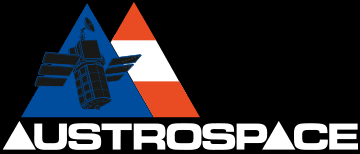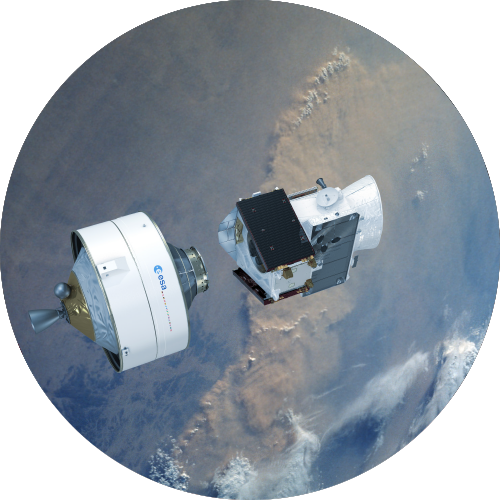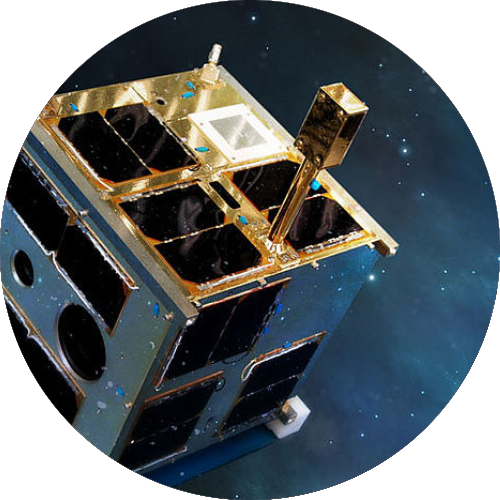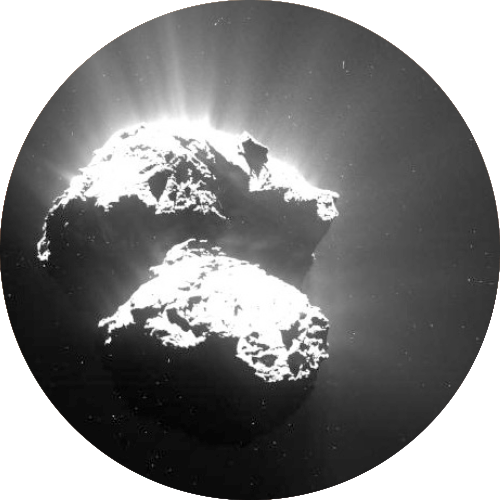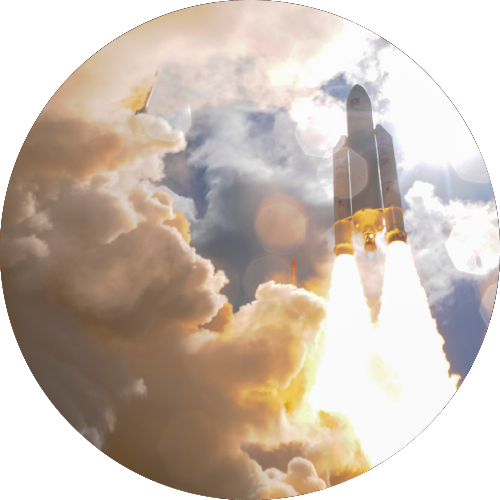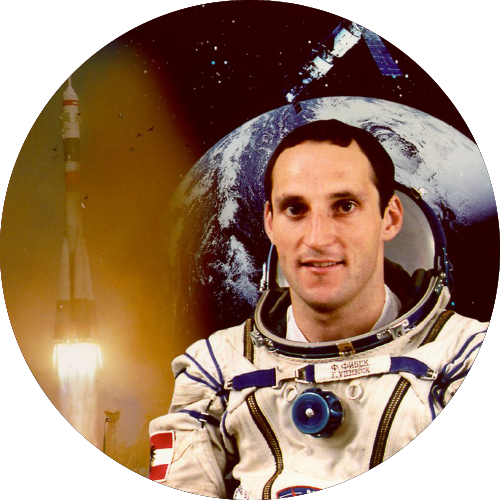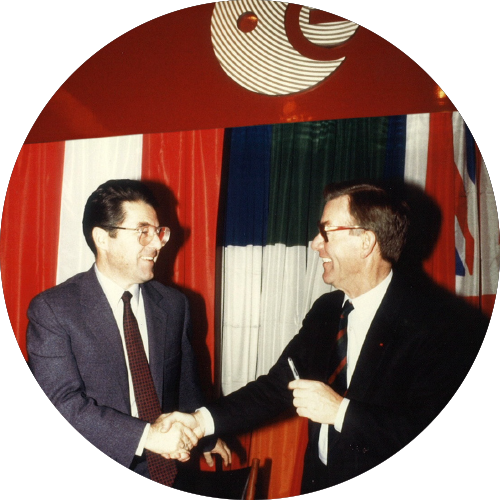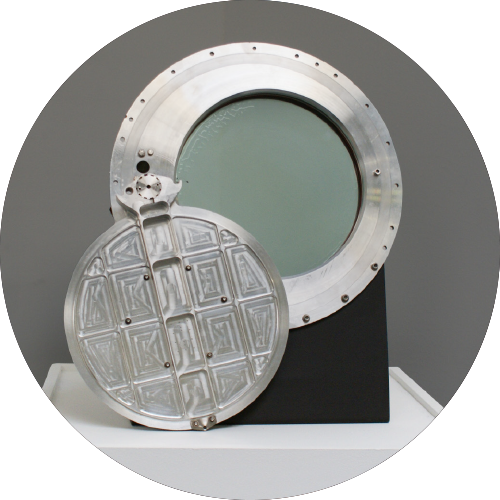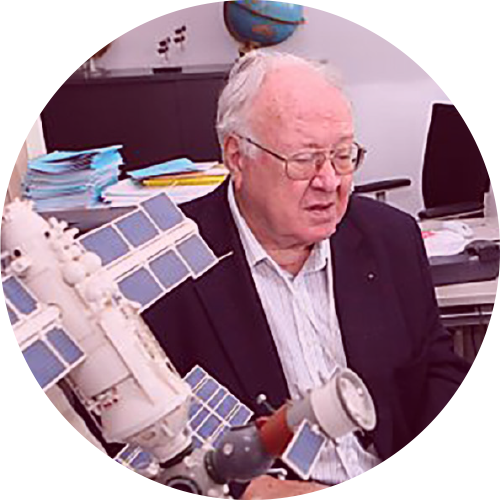Milestones
From the early 60s on, Austrian pioneering spirit has been noticeable in space research. Today, Austria’s industry has become a recognized partner in global space projects. In this time frame, there were many important successes and events: from the full membership in ESA or major scientific contributions to the mission Rosetta up to the participation in the earth observation program Copernicus and the European satellite navigation system Galileo. Enjoy a time travel through the last decades!
